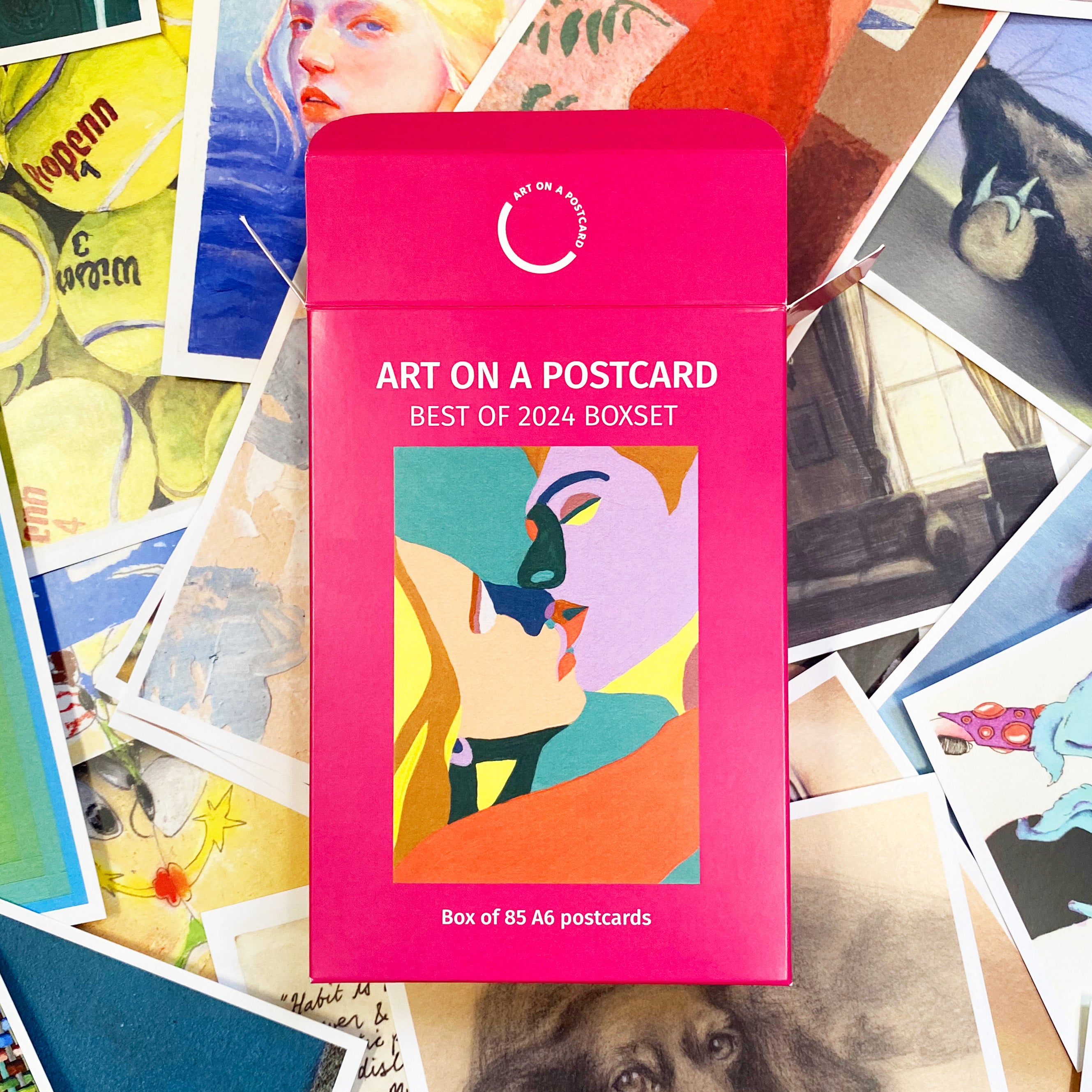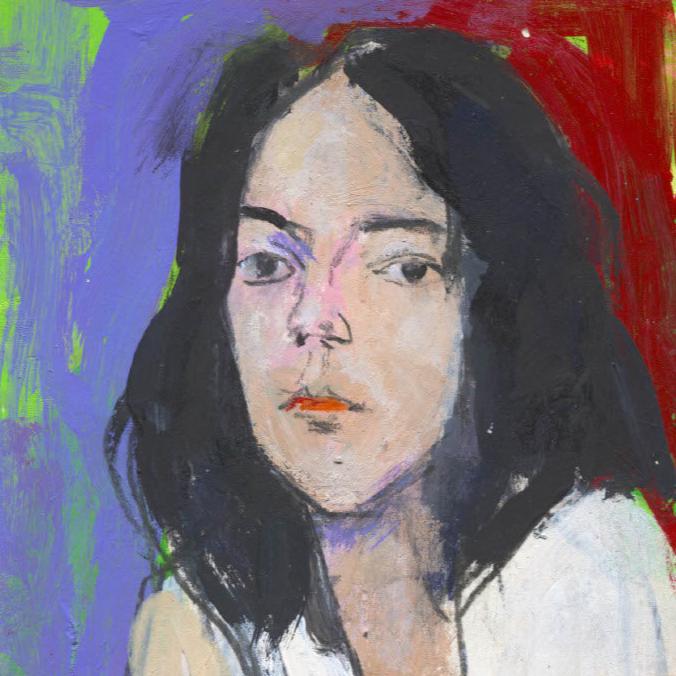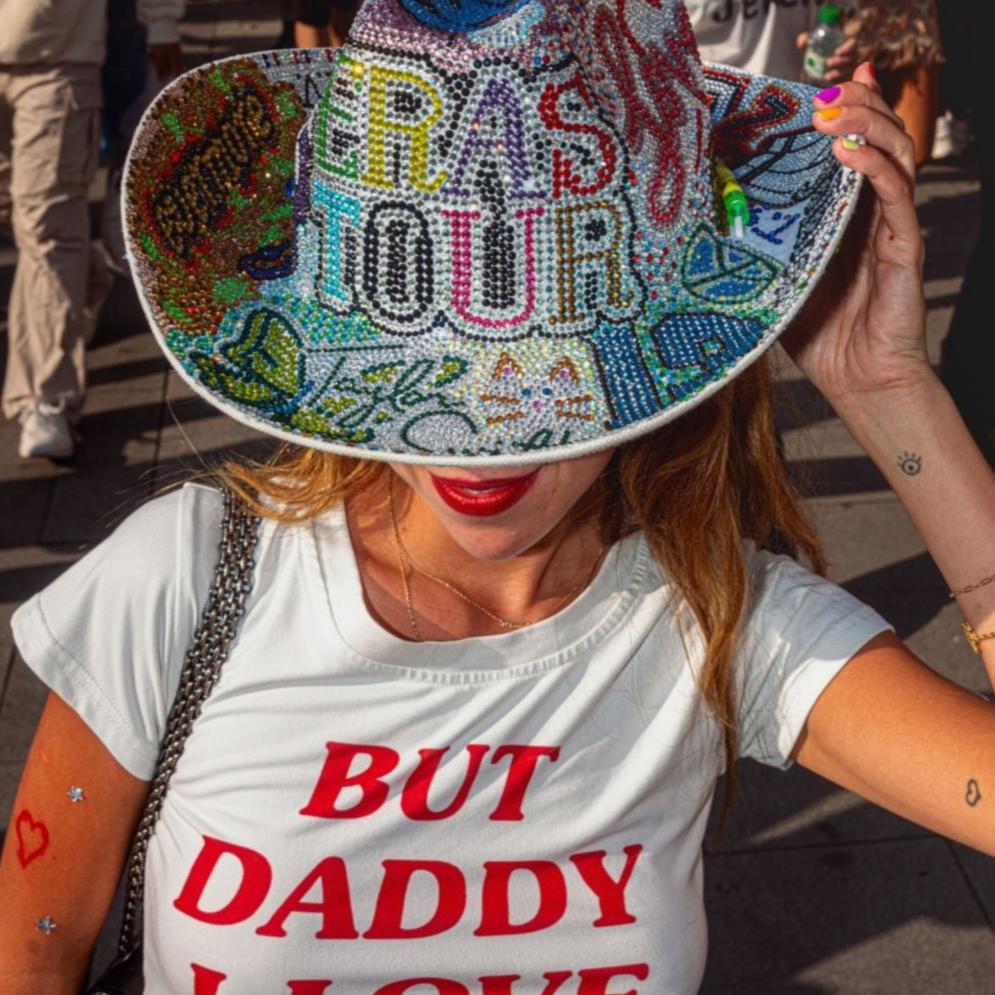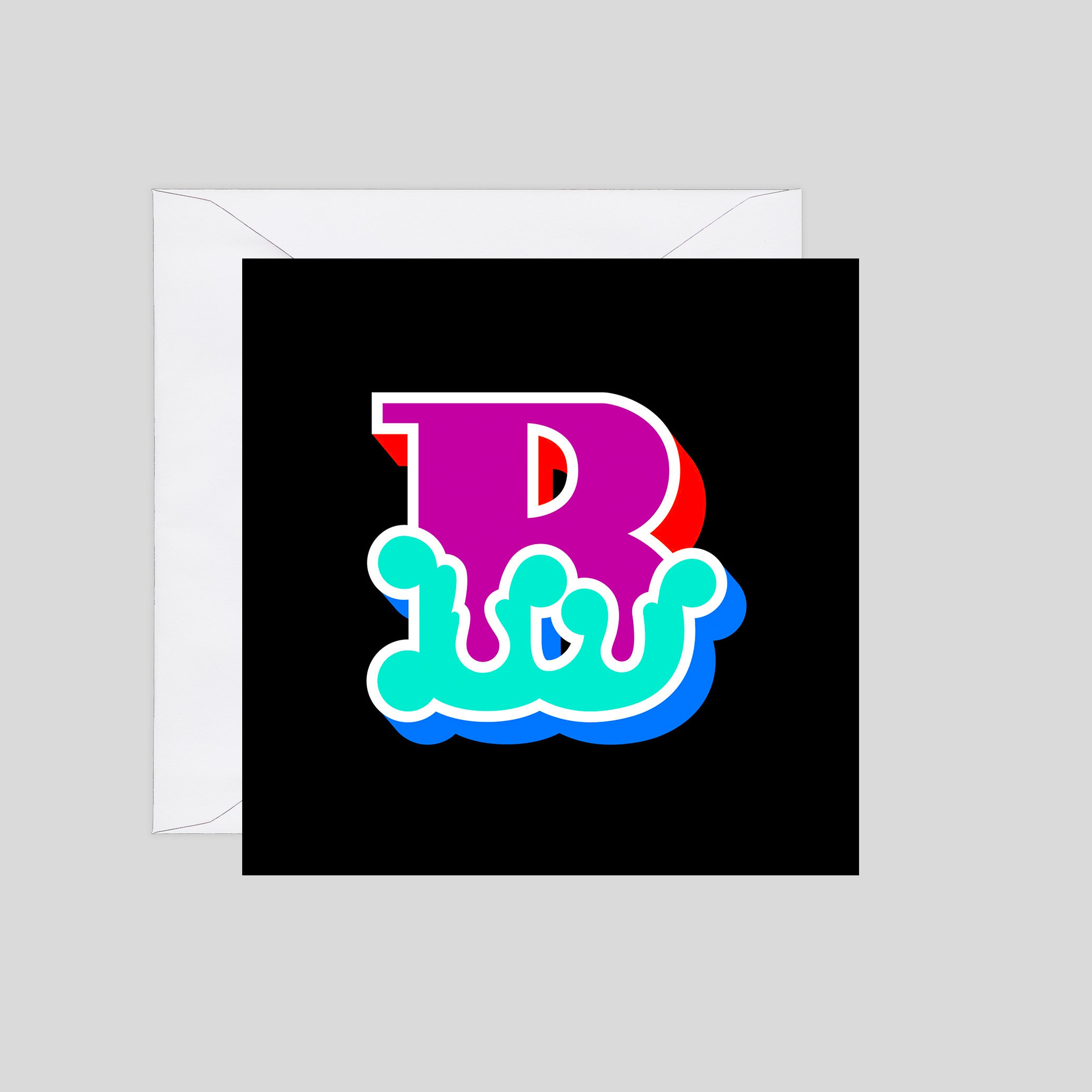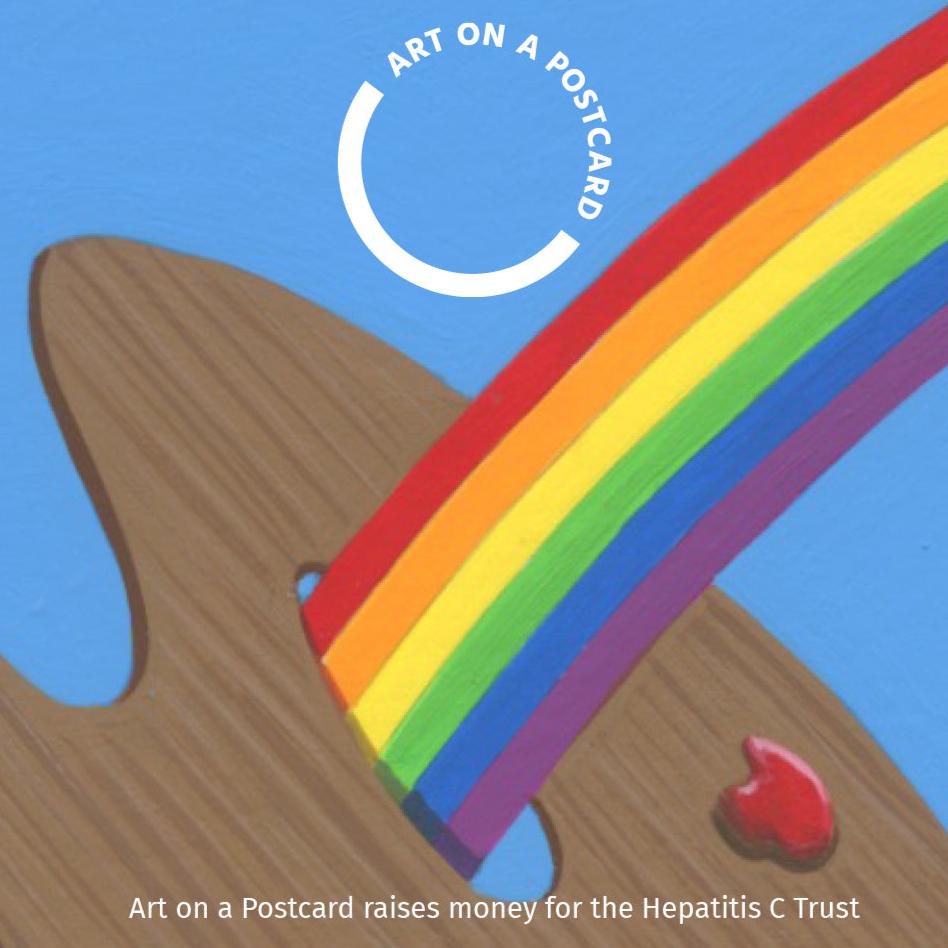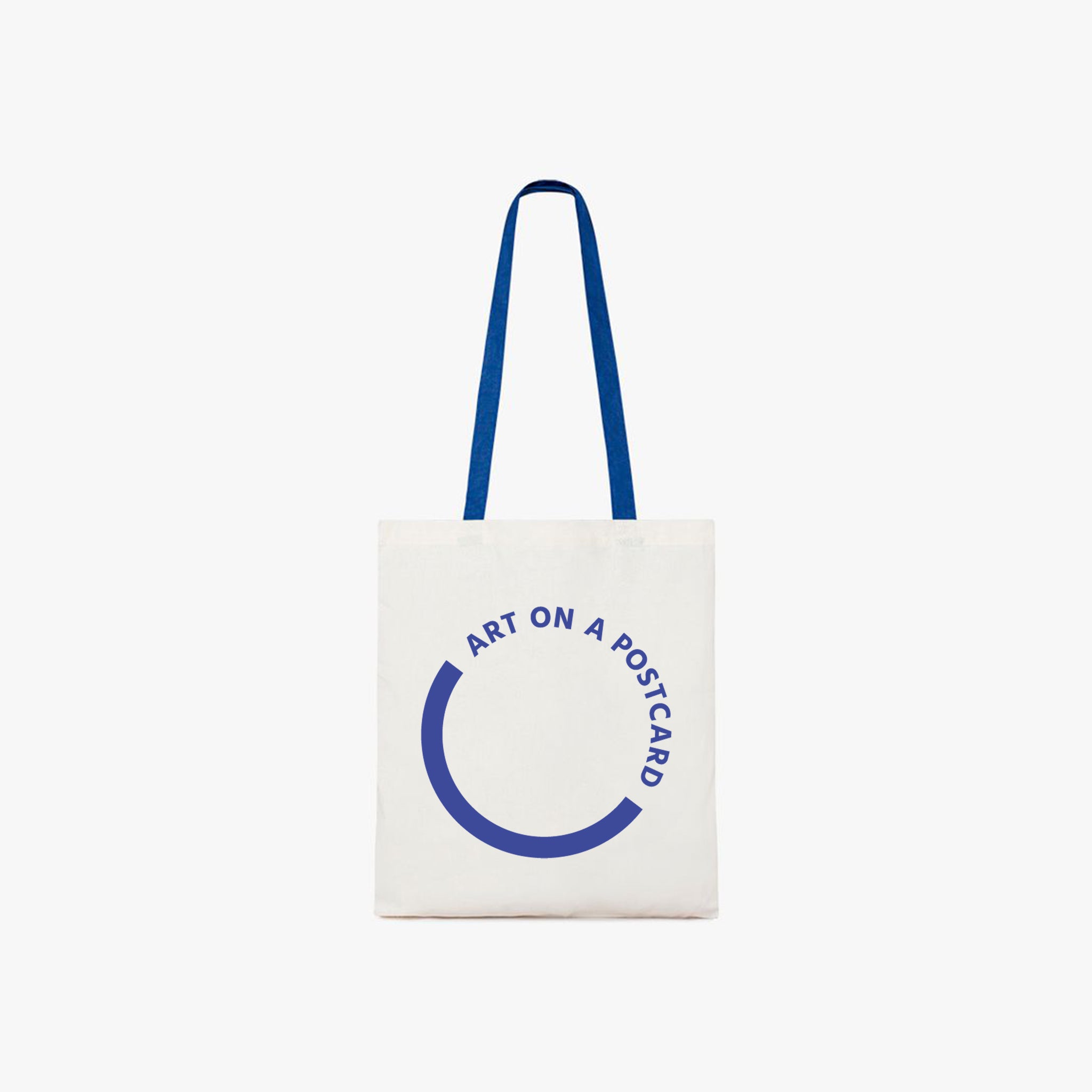Zayn Qahtani (b. 1997, Bahrain) lives and works in London. Zayn is a multidisciplinary artist working across drawing, painting and sculpture. Her body of work is a diligent effort at archiving a personal, synesthetic archaeology. They sway between what is seen and what is felt, compiling a personal mythology along the way. Drawing on ancient cultures and nature’s diverse ecosystems, Zayn forms visual stories which seem to exist in the twilight zone - too distorted to be real, too familiar to be a dream.
Recent solo exhibitions include; Angels In Purgatory, VITRINE, London (2023). Recent group exhibitions include; Abu Dhabi Art x Hunna Art, Abu Dhabi (2024); Sixth Sense, Standpoint Gallery, London (2024); New Now, Guts Gallery, London (2024).
Your solo show at Vitrine Fitzrovia Angels in Purgatory explored the Nephilim alongside themes of destruction and resurrection. Since that exhibition, how has your practice evolved?
What I really loved about working on Angels in Purgatory was the freedom that was given to me in terms of what I could show at Vitrine - it was the first time I had ever shown my sculpture work in public; before then my work had been mostly drawing and painting. Since then, I’ve completed an MA in Sculpture at The Royal College of Art, have shown works in London, Milan, Greece, New York and Abu Dhabi, and have been experimenting with object-making from a deeper, more expansive perspective. I also opened my second solo show, ‘Divining The Darkness’, at Tube Culture Hall in Milan earlier this year.
Thematically, I have been a lot more focused on the topic of death, or grief - thinking about what it means to mourn, researching ancient death rituals and the healing potential of venerative mourning.
Many of your works appear suspended in a ‘twilight zone’ or in-between state. What compels you to create within this ambiguous space?
The twilight zone to me is very much a visual translation of the subconscious mind - an uncanny valley where we believe we are in control, but in reality there is something more subtle pulling the strings. That is a quality I like to think of in my works - to have the characters or symbols that I depict be animated, and yet unaware of the subliminal, overarching feeling-scapes that they inhabit.
The gilded, three-dimensional framing of your works recalls religious iconography such as altar pieces or devotional objects. Can you talk us through the material you use to create the trompe-l’œil metal effect in your works or where you draw inspiration for their intricate, ornate forms?
Definitely! It is the biggest love story between me and polylactide, which is essentially a type of bioplastic made from organic plant-based material. There are hundreds of different types of polylactide with different properties, and I’ve experimented over the years (with varying degrees of success) to find a combination of polylactide to post-printing treatment that yields this sort of otherworldly, is-it-metal effect. I’m still experimenting with different combinations almost every time I work on a new piece.
As for the forms, I like to draw inspiration from Middle Eastern interiors and architecture - Bahraini stained glass doors, ornately hammered chests and tables, arched doorways of ancient fortresses - it’s all in my visual lexicon from having grown up in Bahrain.
Your practice intricately weaves personal, introspective narratives with broader historical and cultural threads rooted in your Bahraini heritage. How do you navigate these overlapping identities in your work?
It feels like the most natural overlap to me - I look at it as a way of trying to understand the experiences I’ve had (both the mundane and the spiritual) narratively through the lens of the beliefs that I had growing up, the beliefs I adopted as I grew older, and the land I was raised on.

Left: Lot 391. Zayn Qahtani - Rave I; Right: Lot 392. Zayn Qahtani - Rave II
Your contributions to this year’s Summer Auction Rave I and Rave II depict monochromatic figures in exchange. Can you talk us through the works?
I really enjoyed working on these, because I had just been to a rave earlier that week, and felt this insane connection on the dance floor - just this idea of human bodies forming this mycelial network, moving together as a unit, a larger form, rather than an individual. In Rave I and Rave II this feeling is encapsulated in the eye contact and connection between two people in this larger network, but it can also allude to a broader sense of longing and belonging, feeling found in the lost or lost in the found.
Looking ahead, what themes are you excited to explore in the future? Do you have any projects on the horizon that you would like to share?
I’ve always been endlessly fascinated with the ebbs and flows of the human condition, and I feel like there is still so much ground to cover, so much untapped potential in these realms of thinking.
As for the (very) near future, I’m really happy to be working on some exciting upcoming projects with Hunna Art.
Visit Zayn Qahtani's Website
Questions by Victoria Lucas

